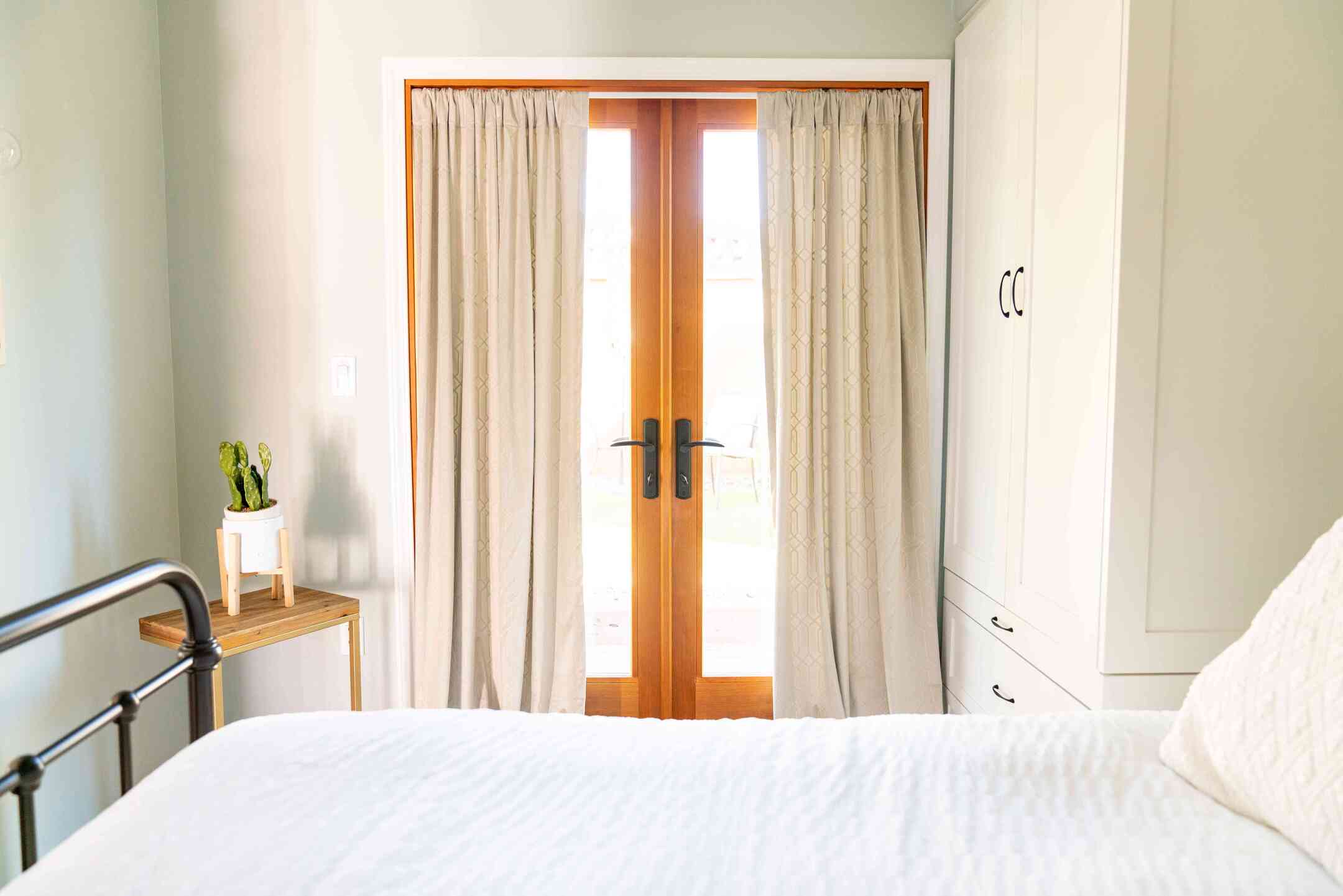

Articles
How To Put Up Curtains In An Apartment
Modified: October 23, 2024
Learn how to put up curtains in your apartment with these helpful articles. Find step-by-step guides and tips for a simple and stylish window treatment.
(Many of the links in this article redirect to a specific reviewed product. Your purchase of these products through affiliate links helps to generate commission for Storables.com, at no extra cost. Learn more)
Introduction to Putting Up Curtains in an Apartment
Adding curtains to your apartment’s windows not only enhances the aesthetic appeal of your living space but also provides practical benefits, such as privacy and light control. Whether you are a renter or a homeowner, putting up curtains in an apartment is a relatively easy and cost-effective way to customize your living environment.
In this guide, we will walk you through the step-by-step process of putting up curtains in an apartment, from choosing the right curtain style to installing the curtain rod. By following these simple instructions, you can transform your apartment windows and create a cozy and personalized atmosphere.
So, let’s get started! Explore the following steps to bring charm and functionality to your living space.
Key Takeaways:
- Transform your apartment with personalized curtains that enhance aesthetics, privacy, and light control. Follow simple steps to choose, measure, install, and accessorize for a cozy and stylish living space.
- Elevate your living space by adding curtains that reflect your style and provide practical benefits. From choosing the right style to hanging and accessorizing, create a personalized and functional window treatment.
Read more: How To Put Up A Shower Curtain
Step 1: Determine the Desired Curtain Style and Function
The first step in putting up curtains in your apartment is to determine the desired curtain style and function. Consider the overall aesthetic of your apartment and the specific purpose of the curtains.
For example, if you want to enhance the elegance and sophistication of your living space, you might opt for floor-length curtains made of luxurious materials like silk or velvet. On the other hand, if you prefer a more casual and relaxed look, consider lightweight fabrics like cotton or linen.
In addition to the style, think about the function of the curtains. Do you want them primarily for privacy, to block out light, or to add insulation? This will help you choose the fabric weight and opacity. Sheer curtains, for instance, allow light to filter through while providing some privacy, while blackout curtains block out sunlight completely.
Take measurements of your windows and note down the desired curtain length. This will be useful when you go shopping for the curtains and curtain rod.
Once you have determined the curtain style and function, you can move on to the next step of the process – measuring the window and determining the curtain size.
Step 2: Measure the Window and Determine the Curtain Size
Before you can hang your curtains, it is essential to accurately measure your window to determine the appropriate curtain size. Here’s how to do it:
1. Start by measuring the width of the window. Measure from one side of the window frame to the other. For a fuller look, add a few extra inches to the measurement.
2. Next, measure the height of the window. Measure from the top of the window frame to where you want the curtains to end. If you want floor-length curtains, measure to the floor. Again, add a few extra inches to accommodate any desired puddling or pooling effect.
3. Once you have the measurements, you can determine the curtain size. Standard curtain panel widths range from 42 to 54 inches. If your window width is greater than the width of a single panel, you may need multiple panels to achieve the desired fullness.
4. Consider the curtain heading style. The heading is the top part of the curtain where it attaches to the rod. Common heading styles include rod pocket, grommet, and tab top. Each style has its own aesthetic and functionality. Pick the one that suits your preference and the curtain rod you’ve chosen.
By accurately measuring your window and determining the curtain size, you can ensure a proper fit and a visually pleasing appearance once the curtains are hung.
Now that you have your curtain measurements, let’s move on to step 3 and choose the right type of curtain rod for your apartment.
Step 3: Choose the Right Type of Curtain Rod
Choosing the right type of curtain rod is crucial to ensure proper support and functionality for your curtains. There are several types of curtain rods available, each with its own advantages and aesthetic appeal. Here are some popular options:
1. Standard Curtain Rods: These are the most common type of curtain rods, consisting of a long, straight rod with end caps. They are versatile and suitable for most curtain styles.
2. Decorative Curtain Rods: If you want to add a touch of style and elegance to your windows, consider decorative curtain rods. They often feature decorative finials at the ends, which can range from simple to ornate designs.
3. Tension Rods: Tension rods are a popular choice for temporary or rental setups as they can be easily installed without drilling holes. They work by using pressure to hold the rod securely in place between two walls or window frames.
4. Traverse Rods: Traverse rods are an excellent choice for heavy or long curtains. They come with a cord mechanism that allows you to open and close the curtains with ease.
5. Curtain Track Systems: If you prefer a more modern and sleek look, consider curtain track systems. These are wall or ceiling-mounted tracks that allow curtains to slide smoothly from side to side.
When choosing a curtain rod, consider the weight and length of your curtains. Heavier curtains may require stronger and sturdier rods, while lighter curtains can be supported by standard rods. Also, ensure that the rod length matches the width of your window or exceeds it slightly for a broader coverage.
Once you have selected the appropriate curtain rod, you can move on to the next step, which is installing the curtain rod brackets.
Step 4: Install the Curtain Rod Brackets
Installing curtain rod brackets is a crucial step in ensuring that your curtains hang securely and look visually appealing. Here’s how to install the brackets:
1. Begin by marking the desired height for your curtain rod brackets. Measure from the top of the window frame or the desired position of the rod, and mark this measurement on both sides of the window.
2. Use a level to ensure that the marks are straight and align horizontally. This will ensure that your curtains hang evenly.
3. Depending on the type of brackets you have, you may need to mount them directly onto the wall or into the window frame. If you are mounting them directly onto the wall, use a drill and appropriate screws to secure the brackets in place. If you are mounting them into the window frame, use a screwdriver to tighten the screws.
4. Repeat the process for the other bracket, ensuring that both brackets are aligned and level with each other.
5. Once the brackets are securely installed, double-check their stability by gently pulling on them. They should feel sturdy and firmly fixed to the wall or window frame.
6. If your curtains are heavy or if you expect them to bear significant weight, consider using additional support brackets in the center of the curtain rod to prevent sagging.
By properly installing the curtain rod brackets, you provide a strong foundation for your curtains. Now it’s time to move on to the next step – mounting the curtain rod.
When putting up curtains in an apartment, use tension rods instead of drilling holes to avoid damaging the walls. Measure the window width accurately before purchasing the rods.
Read more: How To Put Up Curtains Over Blinds
Step 5: Mount the Curtain Rod
Mounting the curtain rod is the next important step after installing the brackets. Follow these steps to mount your curtain rod securely:
1. Begin by inserting the curtain rod into one of the brackets. If your rod has a removable finial, make sure to remove it before inserting the rod.
2. Hold the rod with one hand and align the other end with the open bracket. Slide the rod into the bracket until it rests securely.
3. Repeat the process for the other end of the curtain rod, making sure it is inserted into the second bracket.
4. Once both ends of the rod are securely inserted into the brackets, check that the rod is level. Adjust the positioning as needed to ensure the rod is straight.
5. If your curtain rod comes with a center support bracket, install it in the middle of the rod for additional stability. Follow the same process as installing the side brackets to secure it in place.
6. After mounting the rod, check the stability by gently pulling on it. It should feel secure and not wobble.
Now that your curtain rod is securely mounted, you’re ready for the exciting part – hanging the curtains on the rod!
Step 6: Hang the Curtains on the Rod
Now that your curtain rod is securely mounted, it’s time to hang the curtains and bring your windows to life. Follow these steps to hang your curtains:
1. Begin by opening the curtains fully and checking for any wrinkles or creases. If necessary, iron or steam the curtains to smooth out any fabric imperfections.
2. Start with one end of the curtain panel and locate the curtain rod pocket or any other hanging mechanism like grommets or tabs. If you have rod pocket curtains, simply insert the curtain rod into the pocket. For curtains with grommets or tabs, thread the rod through the respective openings.
3. As you slide the curtain panel onto the rod, ensure that the curtain is evenly distributed along the length to create a neat and uniform look.
4. Continue adding the remaining curtain panels onto the rod until all panels are hung. Take care to align the patterns or seams, especially if you have patterned curtains, for a cohesive appearance.
5. Once all the curtains are hung, step back and inspect them. Make any necessary adjustments to ensure that they are level and evenly spaced along the rod.
6. If you have sheer or lightweight curtains, they may require the use of curtain clips or rings that attach to the rod, allowing the curtains to hang freely.
With your curtains now hung, you can move on to the final step – adjusting and arranging them for the perfect look.
Step 7: Adjust and Arrange the Curtains
Once your curtains are hung on the rod, it’s time to adjust and arrange them for a cohesive and polished appearance. Follow these steps to achieve the desired look:
1. Stand back and evaluate the overall appearance of the curtains. Check for any unevenness or imbalances in length or fullness.
2. If necessary, adjust the positioning of the curtains on the rod to ensure they are evenly spaced. You can slide the individual panels closer together or farther apart as needed.
3. If you want a relaxed and effortless look, consider gently pushing back the curtains towards the sides of the window, allowing them to drape or puddle on the floor slightly. This adds a touch of elegance and creates a more flowing appearance.
4. Alternatively, if you prefer a tailored and crisp look, adjust the curtains to hang just above the floor or slightly grazing it. Use a measuring tape to ensure consistency in the length.
5. Experiment with different styles of tiebacks or holdbacks if you want to gather or secure the curtains to the sides. This creates an open and airy look while allowing natural light to enter the room.
6. Take a step back and evaluate the overall symmetry and visual balance. Make any necessary adjustments to achieve a cohesive and visually pleasing arrangement.
With these adjustments and arrangements, you can transform your curtains into a stylish and functional addition to your apartment’s decor.
Step 8: Consider Additional Curtain Accessories
To further enhance the functionality and aesthetic appeal of your curtains, consider incorporating additional curtain accessories. Here are some popular options:
1. Curtain Tiebacks: Adding tiebacks can create a stylish and practical way to hold back the curtains when they are not in use. They come in various styles, including fabric tiebacks, rope tiebacks, or decorative hooks.
2. Curtain Rings: If you have curtains with grommets or tabs, using curtain rings can add an elegant touch. They slide onto the curtain rod and allow the curtains to glide smoothly when opening and closing.
3. Curtain Valances: Valances are decorative fabric panels that can be placed above the curtains to add a finishing touch. They come in various styles, from simple and streamlined to elaborate and ornate designs.
4. Curtain Holdbacks: Similar to tiebacks, curtain holdbacks are mounted on the wall and used to hold the curtains open. They are available in a wide range of designs to complement your curtain style and room decor.
5. Curtain Liners: If you’re looking to add extra privacy or insulation to your curtains, consider using curtain liners. These additional layers are attached behind the main curtain panels and help block out light and increase energy efficiency.
6. Curtain Tassels: For a touch of elegance and sophistication, consider adding curtain tassels. They can be attached to the corners or edge of the curtains, providing a decorative element that adds visual interest.
When selecting curtain accessories, consider the style and theme of your room, as well as the overall look you want to achieve. These additional elements can elevate the appearance of your curtains and add a personalized touch to your apartment’s decor.
With these eight steps completed, you have successfully put up curtains in your apartment. Step back and admire the transformation – your windows are now beautifully adorned, offering privacy, light control, and a touch of style to your living space.
Read more: How To Put Hooks On Curtains
Conclusion: Enjoy Your Newly Hung Curtains in Your Apartment
Congratulations! You have successfully put up curtains in your apartment, transforming your windows into stylish and functional focal points. By following the step-by-step process outlined in this guide, you have taken a simple yet effective approach to customize your living space.
With carefully selected curtain styles, accurate measurements, and the right type of curtain rod installation, you’ve created a foundation for a visually appealing window treatment. By adjusting and arranging the curtains to your liking and considering additional accessories, you can further enhance their functionality and aesthetic appeal.
Now it’s time to sit back, relax, and enjoy the fruits of your labor. Your newly hung curtains provide privacy, light control, and a touch of personal style to your apartment. Whether it’s a cozy living room, a tranquil bedroom, or a welcoming dining area, the curtains add warmth and personality to your living space.
Remember to periodically clean and maintain your curtains to keep them looking fresh and beautiful. Follow the care instructions specific to your curtain fabric to ensure their longevity.
So go ahead, bask in the cozy ambience created by your curtains. Enjoy the enhanced privacy, the filtered sunlight, and the overall atmosphere they bring to your apartment. Let your curtains be a reflection of your personal taste and style, making your apartment feel like a true home.
Thank you for following this guide, and we hope you have found it helpful in your curtain installation journey. Happy decorating!
Frequently Asked Questions about How To Put Up Curtains In An Apartment
Was this page helpful?
At Storables.com, we guarantee accurate and reliable information. Our content, validated by Expert Board Contributors, is crafted following stringent Editorial Policies. We're committed to providing you with well-researched, expert-backed insights for all your informational needs.
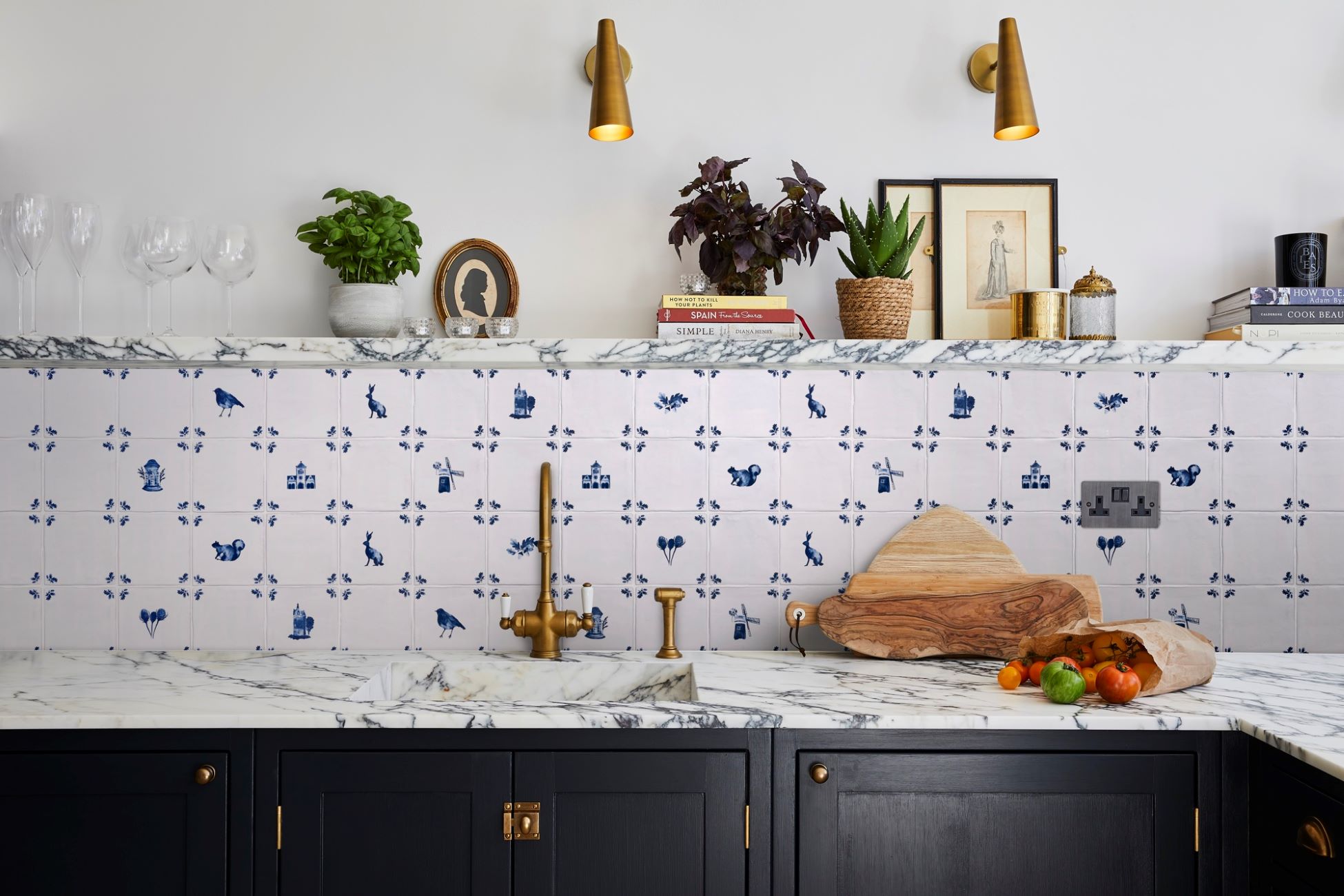
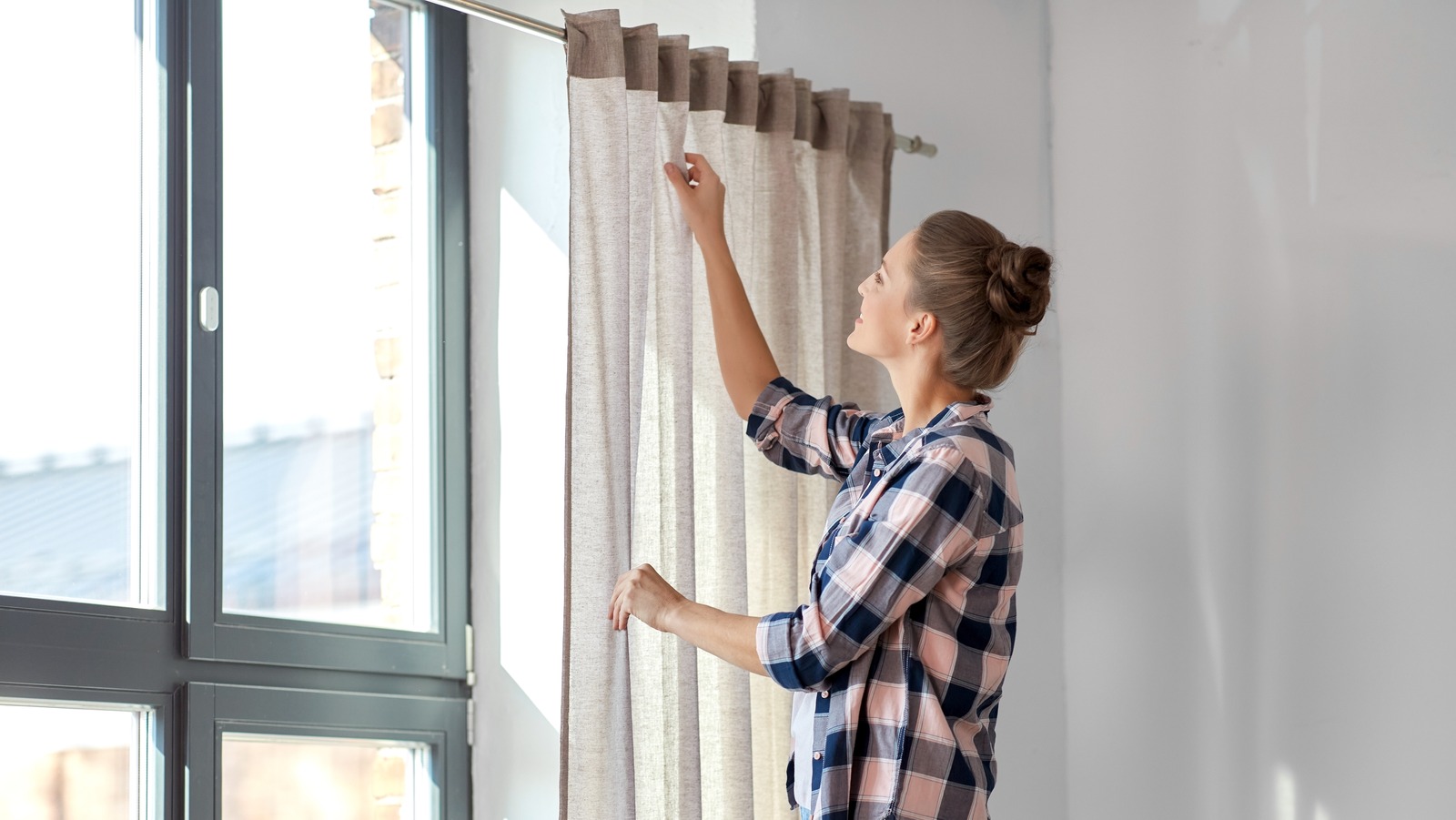

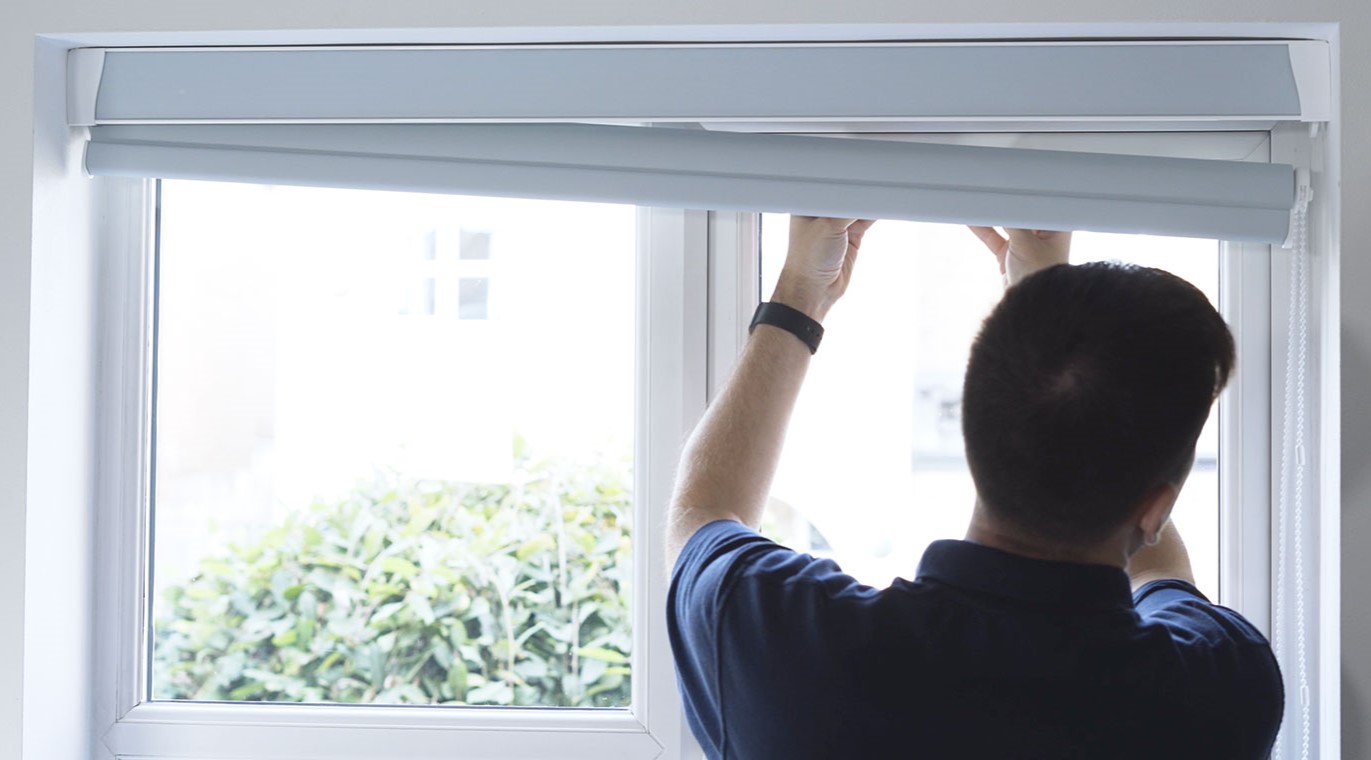
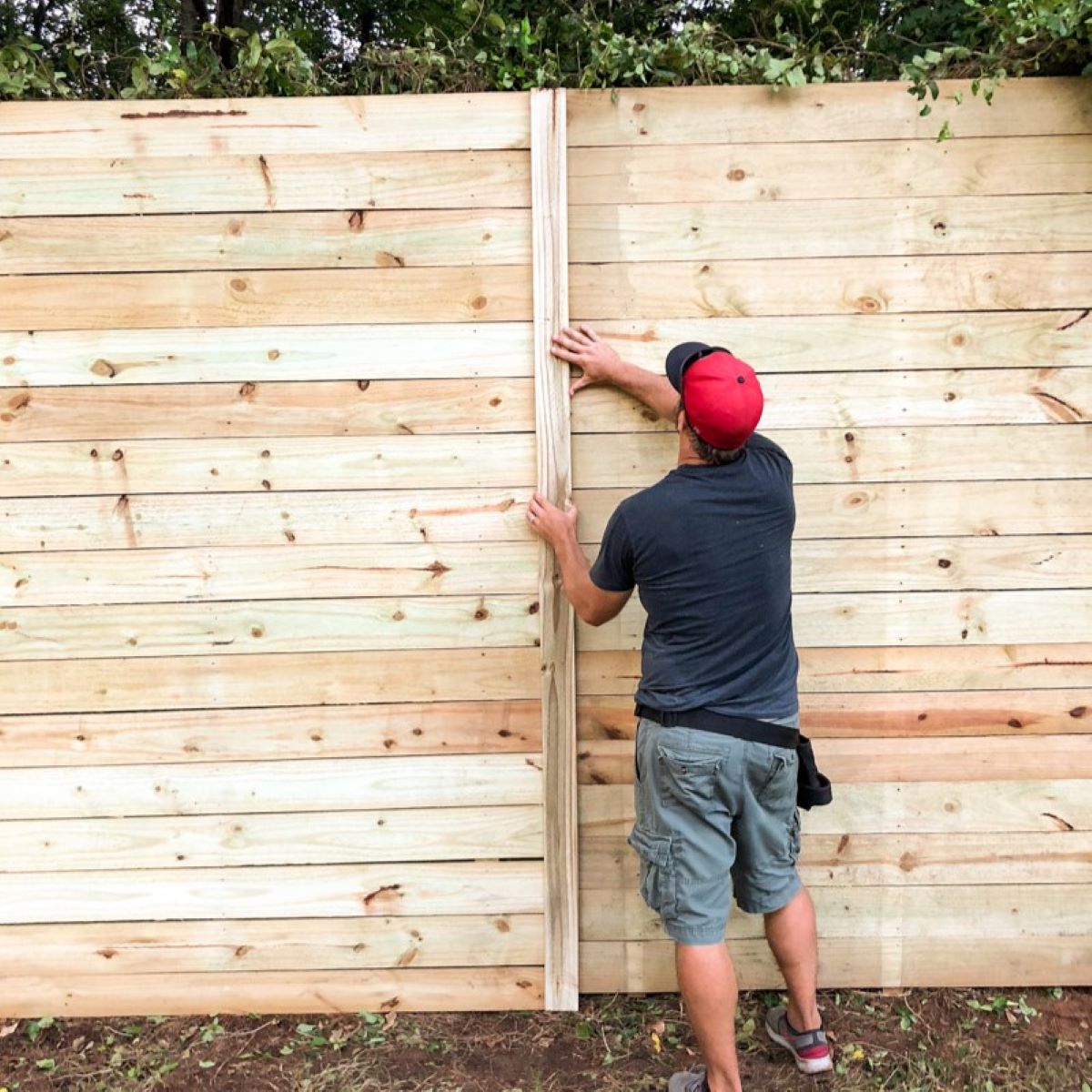
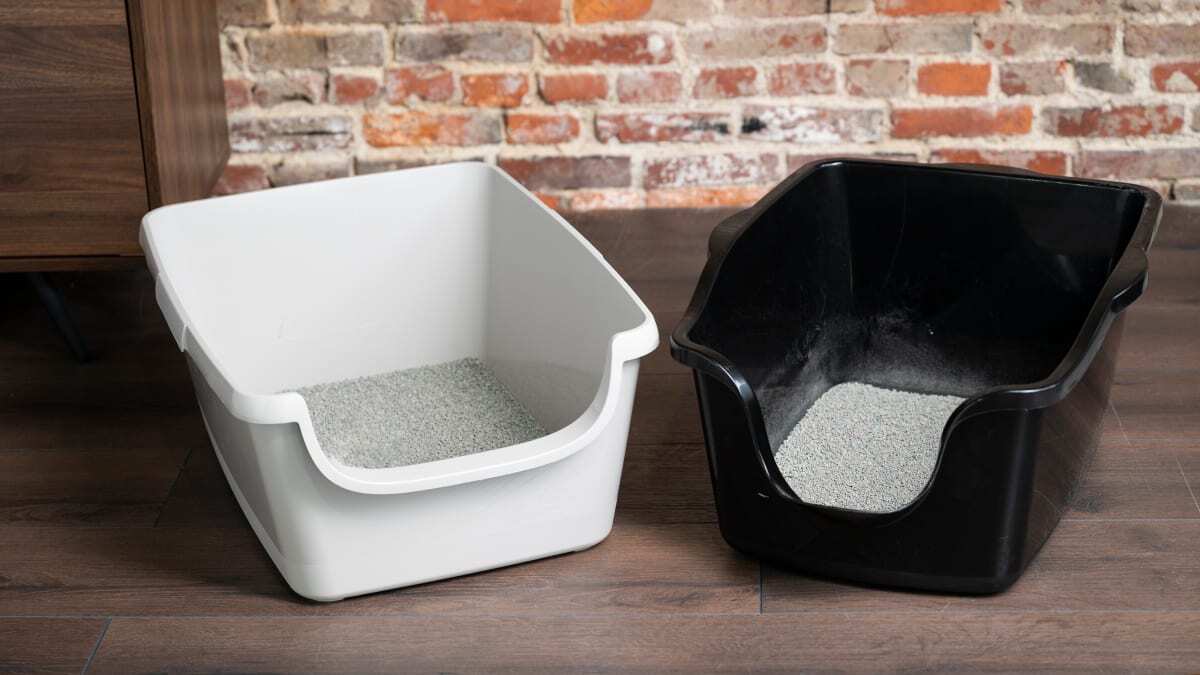
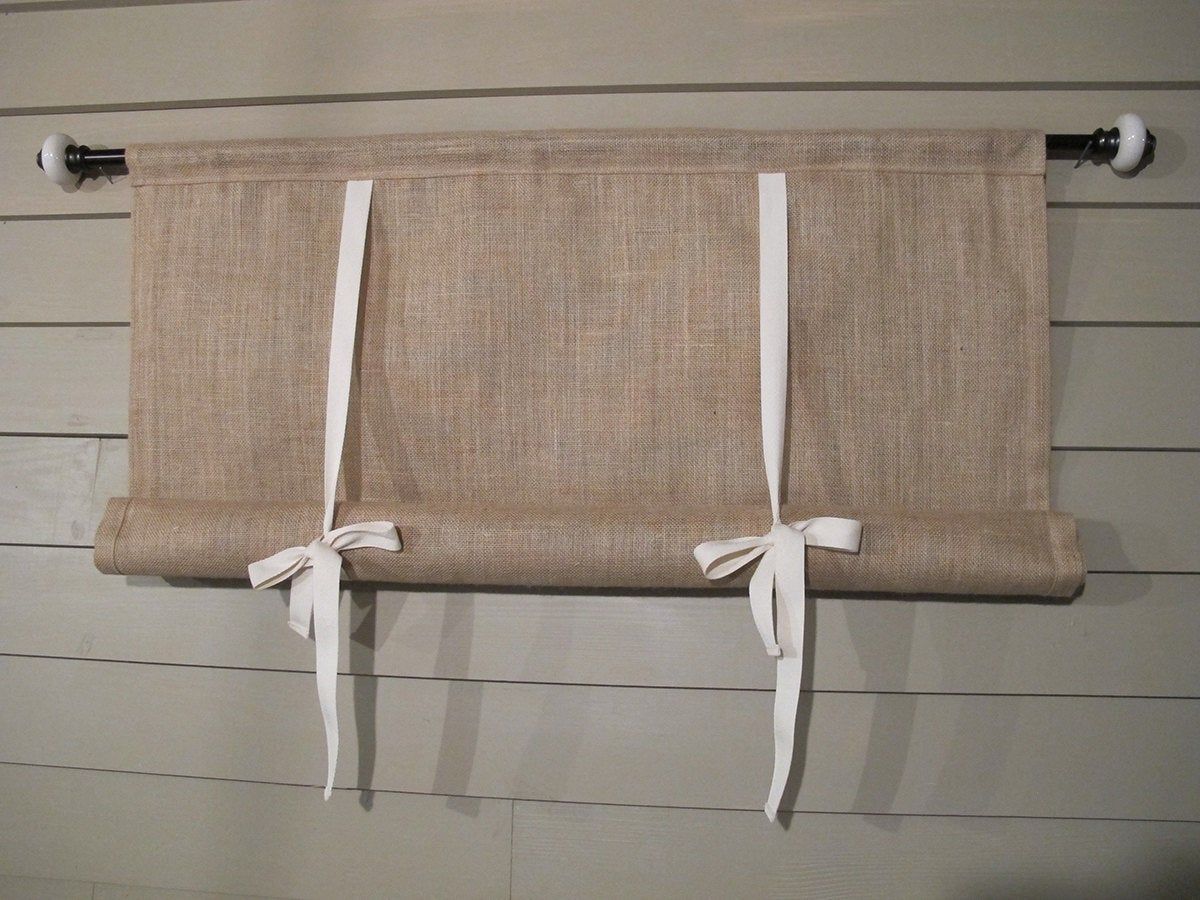
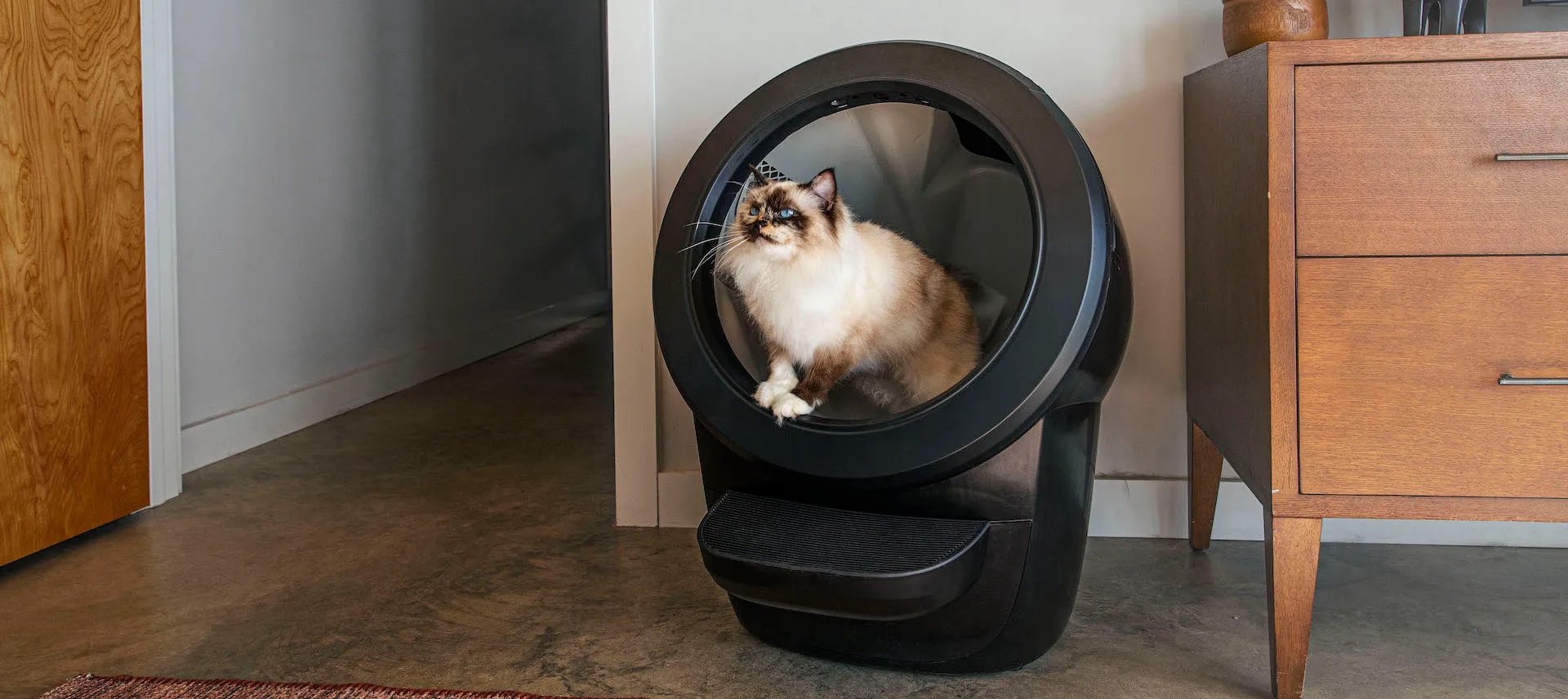

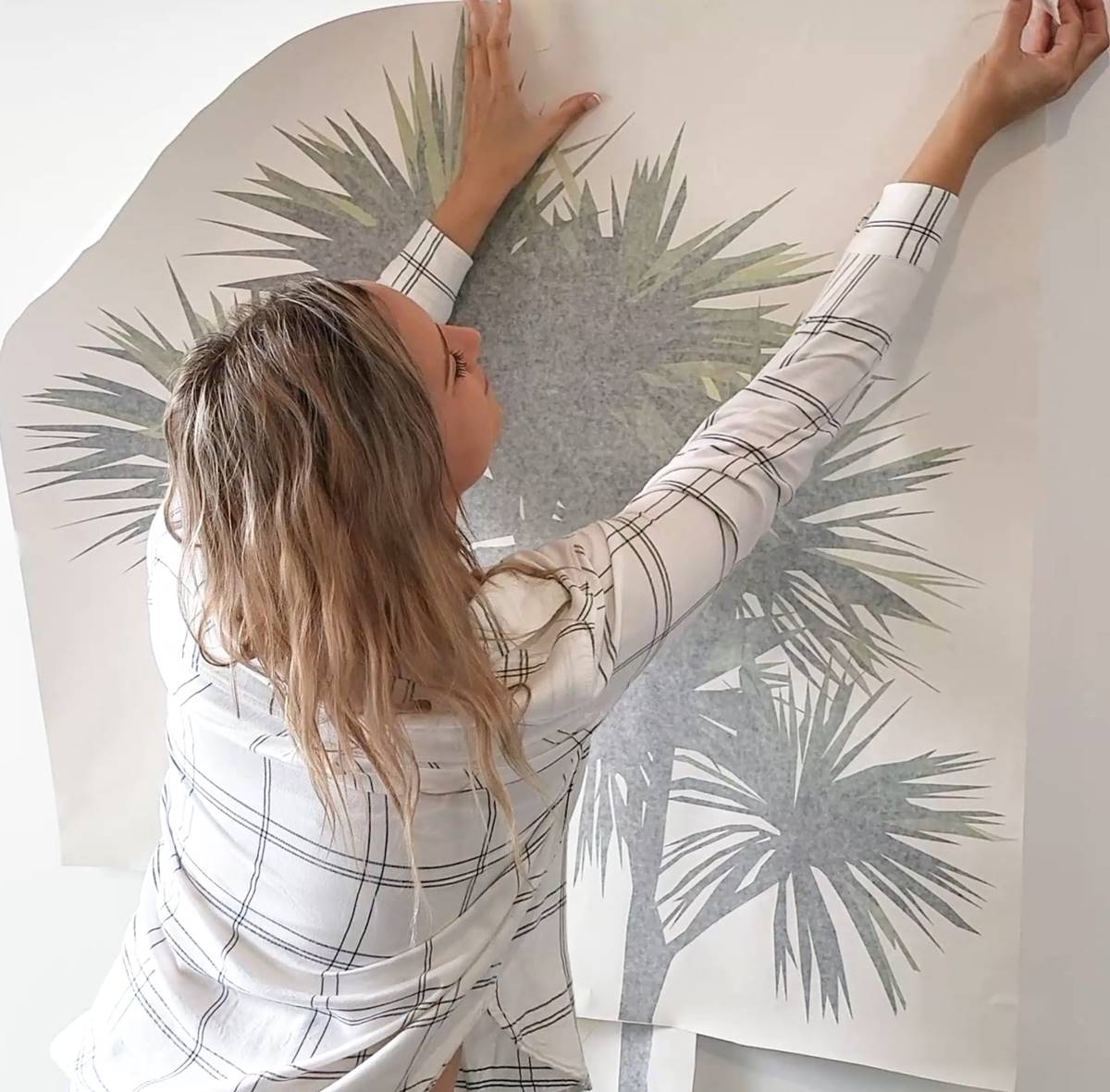
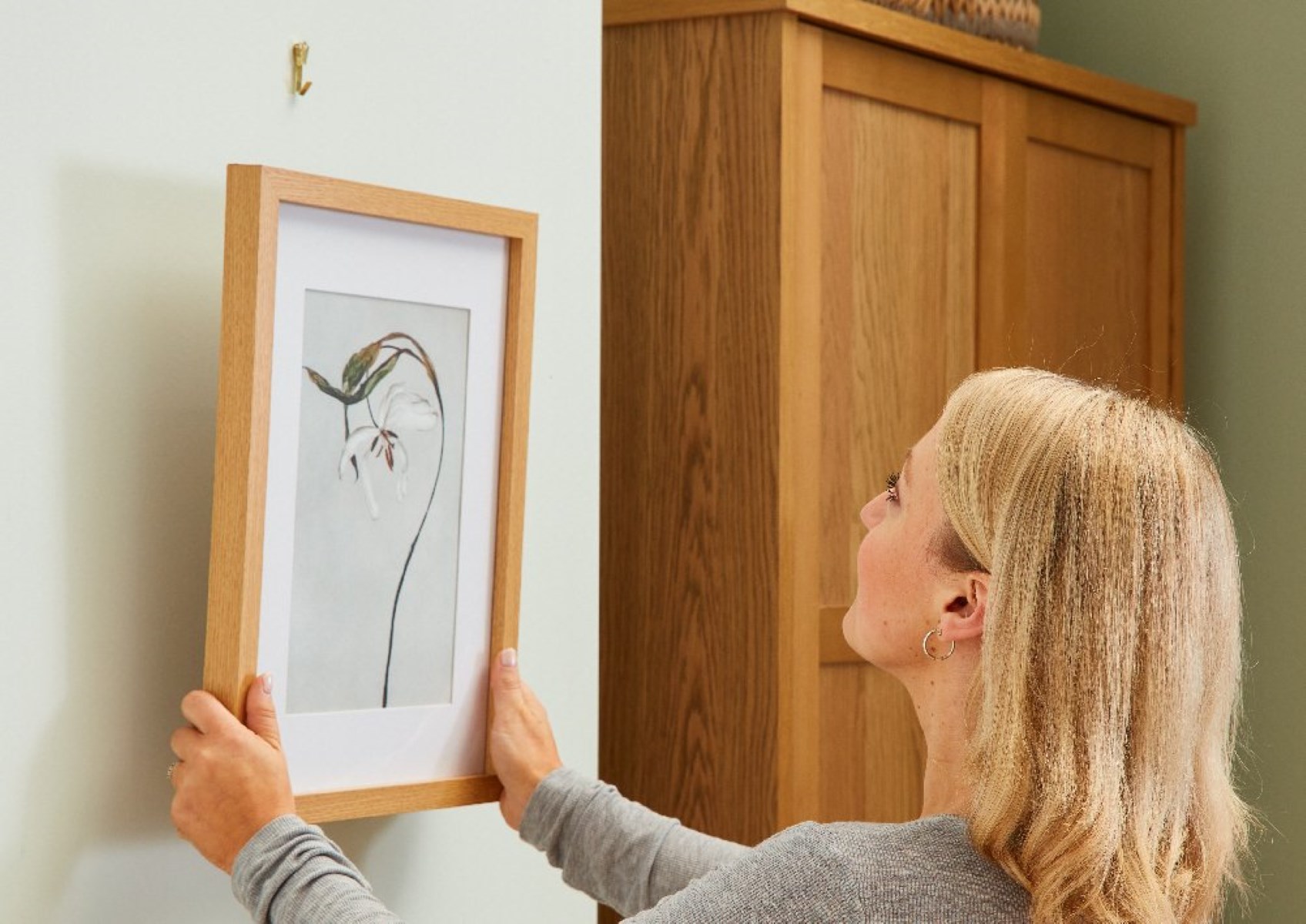
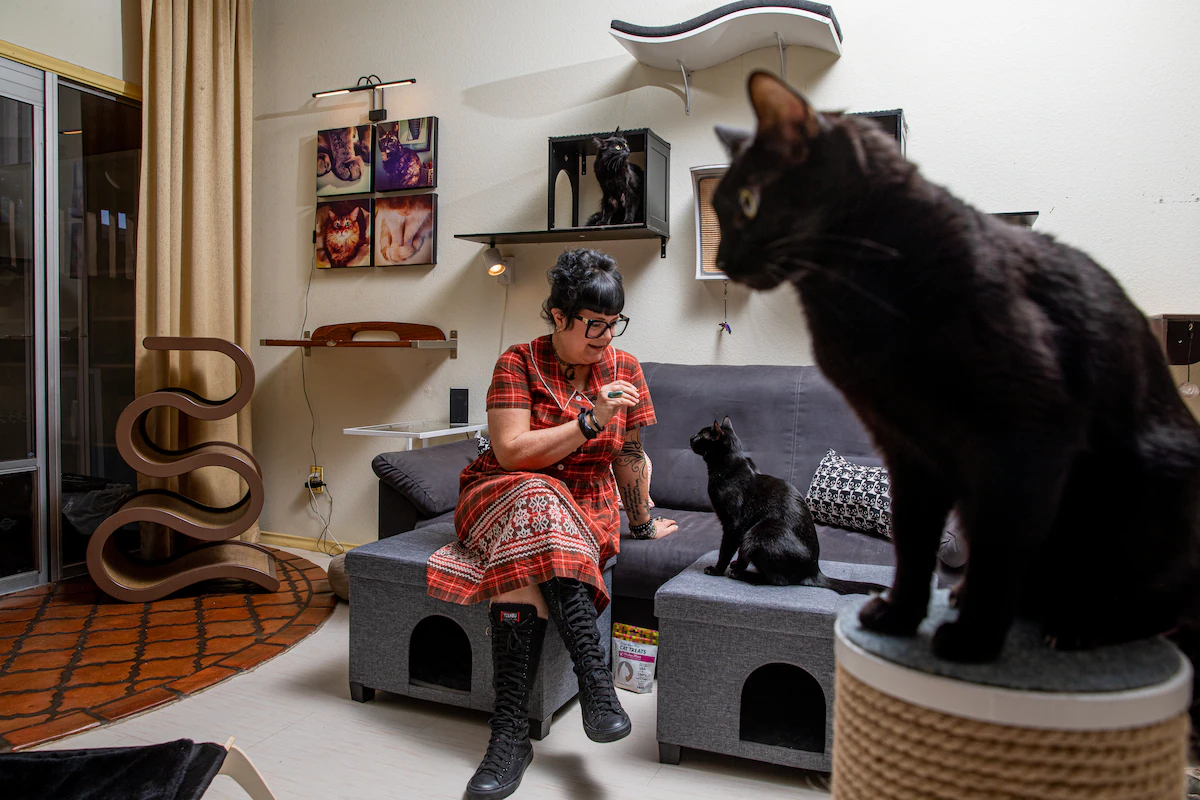


0 thoughts on “How To Put Up Curtains In An Apartment”